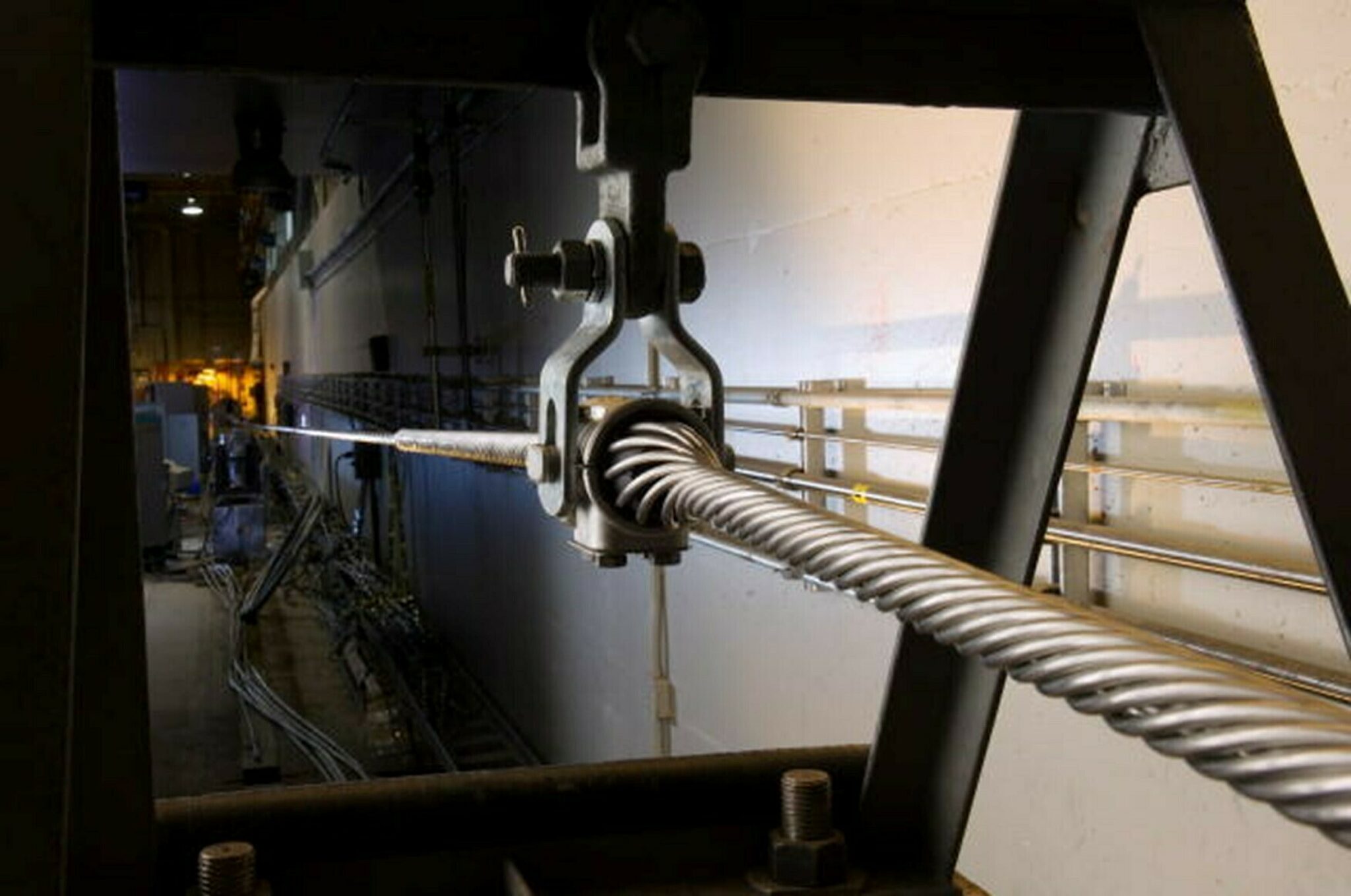High-quality ofda devices provide precise fibre testing and consistent results.
High-quality ofda devices provide precise fibre testing and consistent results.
Blog Article
Discovering the Perks of Optical Fibre Evaluating for Improved Interaction Equipments
The importance of optical fibre testing in contemporary interaction systems can not be overstated, as it works as a structure for making sure network dependability and efficiency. Using innovative techniques such as Optical Time-Domain Reflectometry (OTDR) and insertion loss analysis, organizations can not only identify mistakes however likewise optimize their arrangements. This aggressive testing method has profound effects for signal high quality and functional performance, elevating the question of how these practices add to lasting sustainability in an ever-evolving technical landscape. Comprehending these dynamics is necessary for stakeholders aiming to preserve an one-upmanship.
Importance of Optical Fiber Testing
The relevance of optical fiber testing can not be overemphasized in today's data-driven setting. As companies significantly count on high-speed information transmission for daily procedures, the stability and efficiency of optical fiber networks are paramount. Examining makes certain that these networks can sustain the large quantities of information generated and transferred effortlessly, cultivating effective communication and connectivity.
Optical fibre testing serves numerous critical functions, consisting of verifying setup high quality, recognizing potential faults, and figuring out total system efficiency. Regular screening can protect against pricey downtimes and service interruptions, allowing companies to preserve operational continuity. It helps in compliance with sector requirements and guidelines, guaranteeing that fiber optic installments satisfy called for specs for security and reliability.
Additionally, screening can enhance the longevity of fiber optic systems. By proactively recognizing problems such as signal loss, attenuation, or port failings, organizations can resolve issues prior to they intensify, hence extending the life of their facilities. In recap, optical fiber screening is not merely a technical demand however a critical financial investment that enhances network integrity, maximizes efficiency, and inevitably supports the development and efficiency of contemporary interaction systems.
Secret Examining Approaches

OTDR is a crucial technique made use of to identify faults, measure splice losses, and analyze the general stability of a fibre optic web link. By sending out a pulse of light down the fiber and analyzing the reflected light, technicians can pinpoint locations of faults and assess the network's performance over fars away.
Insertion loss screening measures the amount of signal loss that occurs when light go through a connection or splice. This method is vital for validating that links fulfill given loss limits, which is important for preserving ideal performance in interaction systems.
Optical return loss testing quantifies the quantity of light showed back towards the source because of blemishes in the fibre or links. High return loss values indicate much better performance and lowered signal deterioration.
Together, these screening methods provide an extensive analysis of fiber optic networks, ensuring their integrity and capability in diverse communication applications.
Effect on System Efficiency
Efficient optical fibre screening straight affects the overall performance of interaction systems. By making certain the integrity of fibre optic cords, screening recognizes potential faults such as attenuation, splice loss, and adapter imbalance. These issues can dramatically weaken signal top quality, leading to disruptions and reduced data transmission speeds.

Additionally, normal optical fiber screening contributes to lasting system sustainability. It allows early discovery of wear and tear, enabling timely maintenance and upgrades before major failures take place. This not only lengthens the life-span of the framework but additionally makes certain that communication systems stay competitive in regards to efficiency.
Cost-Effectiveness and Performance
Cost-effectiveness is a vital consideration in the deployment and maintenance of optical fiber networks. Carrying out durable optical fibre testing procedures can substantially minimize functional costs by determining concerns before they intensify into major problems. More about the author robotic vision. By spotting mistakes, attenuation, and various other efficiency barriers early, organizations can avoid costly repair services and downtime, which can interrupt services and cause revenue loss
Additionally, efficient testing methodologies enhance the setup procedure, allowing specialists to work better. This equates to lower work costs and faster job completion times. Advanced testing tools, such as Optical Time Domain Name Reflectometers (OTDRs), allows a precise analysis of fibre quality, ensuring that only optimum materials are made use of, thus reducing waste.
Routine screening likewise contributes to much better source allowance. By comprehending the network's performance, companies can make enlightened choices about upgrades and developments, making sure that investments are made where they are most required. In recap, optical fibre testing enhances cost-effectiveness and performance, sustaining the lasting sustainability and competition of communication systems in an increasingly demanding market.
Making Certain Long-Term Integrity
Implementing rigorous optical fibre screening not just enhances cost financial savings and functional efficiency however likewise plays a pivotal function in guaranteeing the long-lasting integrity of interaction networks. Constant testing techniques, including attenuation and bandwidth assessments, help determine possible degradation in fibre performance before it brings about service disturbances.
By employing sophisticated screening methodologies, network drivers can pinpoint mistakes or weak points in the fibre facilities, permitting for prompt removal. This aggressive technique decreases downtime, guaranteeing that interaction systems stay useful and reliable. Regular testing adds to the growth of an extra durable network, as operators can adapt and optimize their framework based on real-time information insights.
In addition, guaranteeing compliance with market explanation requirements through optical fiber testing reinforces the quality and integrity of the entire interaction system. This adherence not just reinforces self-confidence amongst stakeholders but additionally straightens with regulative needs, which are progressively stringent.
Final Thought
To conclude, optical fibre screening works as a fundamental element in improving interaction systems. By employing different testing methods, such as OTDR and insertion loss analyses, networks can accomplish optimal efficiency and reliability. The positive identification of faults not just enhances signal top quality however also minimizes downtime, inevitably adding to cost-effectiveness and functional performance. Furthermore, adherence to industry standards cultivates stakeholder confidence, guaranteeing the long-term sustainability of communication frameworks in a significantly data-driven landscape.
Report this page